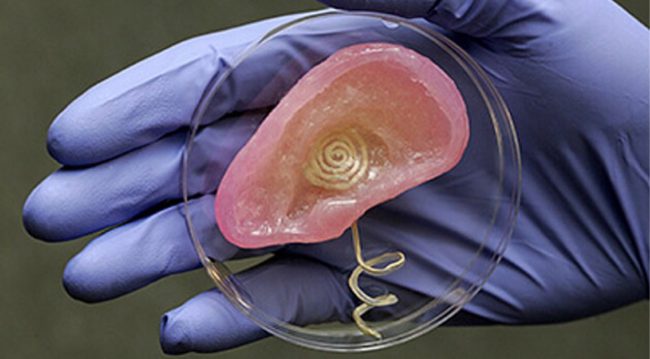NEWS
In Japan, the first time they rebuilt the tissue, typed in 3D-printer

The technology of 3D printing is becoming more widespread. And if some 5 years ago we could not think that with the help of this technology they will create organs and tissues, then today it has become a reality. For example, a group of scientists from Kyushu University in Japan successfully transplanted a liver printed on a 3D printer.
The first experiment was a laboratory rat. As the researchers report, a week after transplantation, the new tissue was completely adopted. In fact, this is a very big step forward for the whole trans planetology: the success of the operation proves that instead of transplanting the whole organ it will be possible to replace its parts without waiting for the donor organ.
The system for fixing 3D-fabric with the help of needle arrays made it possible to fabricate a fabric with complex geometry, hi-news.ru reports. Our method consists of a special method of connecting hundreds of hepatic cells using a three-dimensional bioprinting. Moreover, the new method has a number of advantages: firstly, it does not cause vascular damage, and secondly, due to the direct connection between the graft and organ tissues, the new tissue is formed much faster.
Но и это еще не все. It is a new technology that is contemplated by the fact that these cells are forbidden to be replaced in the testicles, but inside human organisms, that it is possible to avoid allergic reactions and negligible follow-ups associated with transplantation of the immune system. Japanese testimonies confirm that this new method can be used only for transplants, but not in transplant organs.
© All rights reserved. Citing to www.ict.az is necessary upon using news





